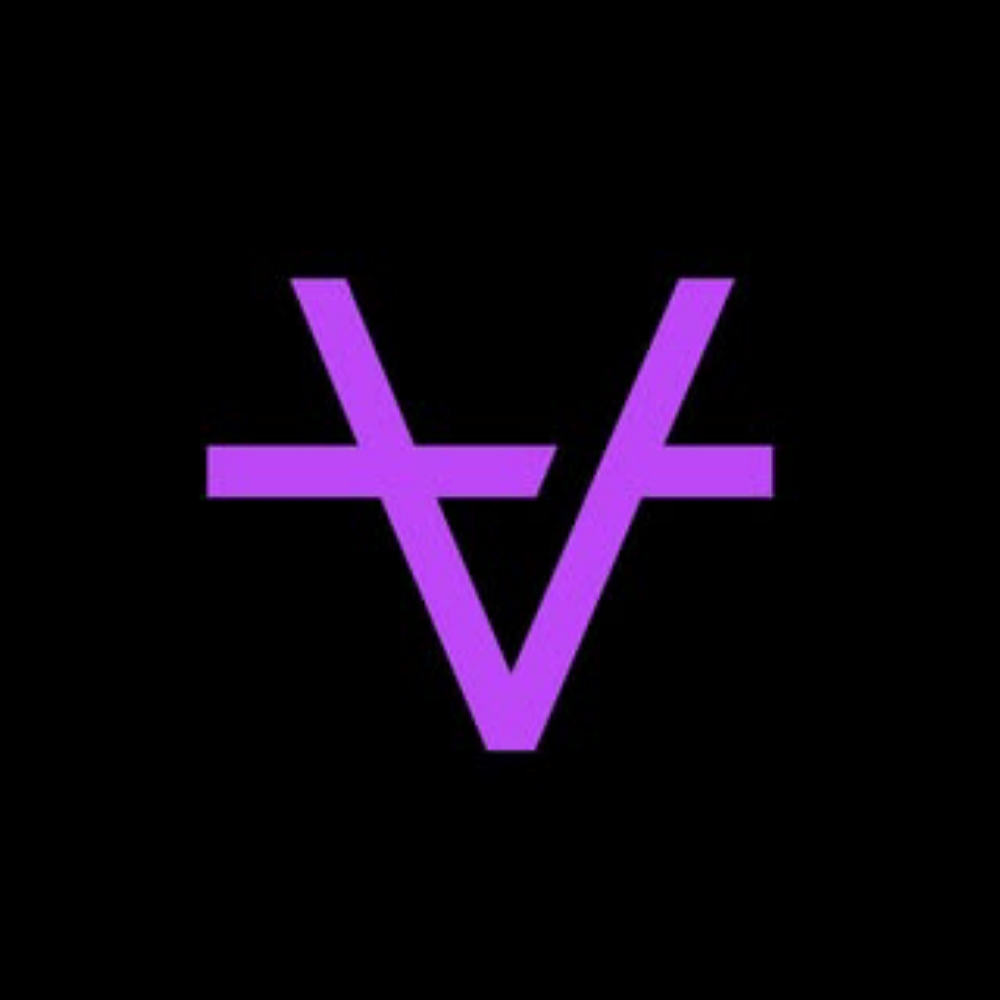Caldera tokenomics
The Complete 30-Hour Deep Dive into Caldera Tokenomics
---
[Parts 1–5 truncated for brevity — continued from Part 6 below]
---
Part 6: Incentive Design and Ecosystem Health
Tokenomics isn't just about math—it's about motivation. Caldera’s ecosystem thrives when every stakeholder has a reason to act in the network’s best interest. Let’s break this down by role:
A. Developer Incentives
Developers are the builders of this modular world. For them to create, Caldera must:
Provide grants via the Community Treasury
Offer developer toolkits and SDKs
Enable gas fee reimbursements for protocol-level innovations
Support modular rollup customization and deployment
Developers who launch app-specific rollups benefit directly from:
Revenue from transaction fees (in ERA)
Rollup-native tokens
Use of Caldera’s infrastructure stack
B. Validator and Staker Incentives
Validators are critical to the decentralization of Caldera’s Metalayer. Their incentives include:
Block rewards
Transaction fee revenue
Governance voting rights
Delegators (non-technical participants) can also stake with validators, receive proportional rewards, and participate in network governance.
C. Community and User Incentives
To foster a loyal and thriving community:
Caldera rewards early users via airdrops
Encourages governance participation with DAO tools
Offers staking for passive income
Hosts incentivized events and bounty programs
Additionally, the 21% community treasury ensures continual engagement and contribution from non-technical members.
D. Ecosystem Partners and Liquidity Providers
To attract protocols, liquidity pools, and DAOs:
Liquidity mining programs may be launched using treasury tokens
Cross-chain partners can be incentivized with grants
Governance-based bootstraps (like quadratic funding) can be introduced
All these elements combine to create a self-reinforcing flywheel: more developers build → more users arrive → more fees are generated → more incentives are funded → more governance participation → more decentralization → stronger ecosystem.
---
Part 7: Strategic and Governance Outlook
A. The Treasury as a Sovereign Fund
With 21% of the total supply (~210 million ERA), Caldera’s community treasury functions like a decentralized sovereign wealth fund. Its strategic deployment can:
Attract top-tier developers
Sponsor hackathons
Fund research for new modular frameworks
Provide retroactive public goods funding
Establish grants for academic or enterprise blockchain adoption
A transparent treasury dashboard and governance proposal system will be key.
B. Governance Participation and Token Voting
Governance evolves in three phases:
Phase 1: Guardian Governance
Initially, Caldera’s Foundation and selected delegates propose and implement changes. This is to ensure stability and rapid iteration.
Phase 2: Semi-Decentralized Governance
Token holders begin to vote on key issues, while the Foundation maintains veto and proposal powers.
Phase 3: Full DAO Control
All decisions—treasury, protocol upgrades, validator rotation—move fully to token-weighted DAO voting, supported by:
Snapshot-style proposals
On-chain execution modules
Community-funded working groups
C. Role of Meta-Governance
As Caldera powers more rollups and sub-chains, $ERA governance could extend to:
Deciding rules for connected app-chains
Governing shared infrastructure between rollups
Allocating shared liquidity pools
Coordinating cross-rollup interoperability protocols
Meta-governance becomes a powerful coordination mechanism between sovereign chains under the Caldera Metalayer.
---
Part 8: Long-Term Vision and Decentralization Roadmap
A. Phased Decentralization
Caldera’s roadmap for decentralization is intentional:
1. Infrastructure Launch Phase
Foundation-led decision making
Limited validator set
Security bootstrapping
2. Community Activation Phase
Token-based voting begins
Treasury grants issued via proposals
Validators increase and become permissionless
3. Autonomous Modularity Phase
Governance fully decentralized
Infrastructure clients become open-source and community-maintained
Third-party DAOs build on top of Caldera and even fork its protocol
B. Modular Infrastructure Growth
Caldera’s infrastructure stack will expand in several directions:
Support for additional data availability layers (e.g., Celestia, Avail)
Rollup orchestration APIs
zkEVM integration
Pluggable consensus modules
App-specific rollup marketplaces
Each of these expansions adds utility to $ERA, reinforcing its role as the medium of gas, governance, and staking.
C. Composability and Onboarding
Caldera aims to be the easiest way for developers to deploy sovereign infrastructure:
Drag-and-drop rollup configurators
Click-to-deploy rollup interfaces
Smart contract deployment kits with built-in ERA modules
This “WordPress for rollups” vision massively expands Caldera’s surface area and positions ERA as the gas token for hundreds of micro-economies.
---
Conclusion: The Future of $ERA and Modular Tokenomics
The $ERA token isn’t just another utility coin—it’s the foundation of a modular multichain ecosystem. Its carefully designed tokenomics strike a balance between decentralization, incentive alignment, deflationary supply management, and robust utility.
Here’s what sets Caldera apart:
Long-term vesting discourages early dumping
Community treasury allows decentralized funding
Governance empowers real decision-making
Staking rewards incentivize security
Gas utility across multiple rollups adds demand
Research and infrastructure funding ensures innovation
As more projects build on Caldera, the demand for ERA increases—not just as a gas fee, but as the coordination layer of a future built on modular blockchains.
In a world where decentralization, composability, and scalability are key, Caldera is carving out a new category—and $ERA is the economic engine that makes it all possible.
Welcome to the frontier.







































